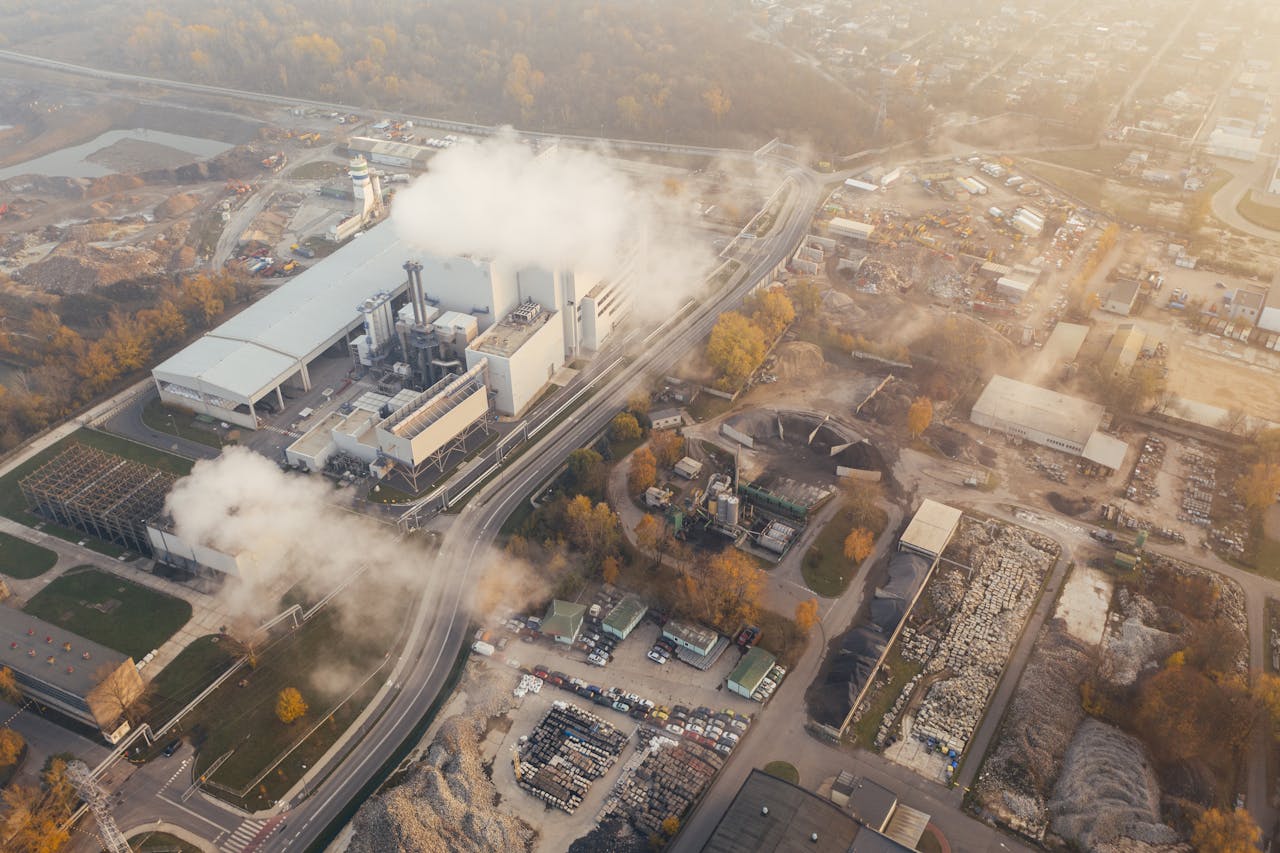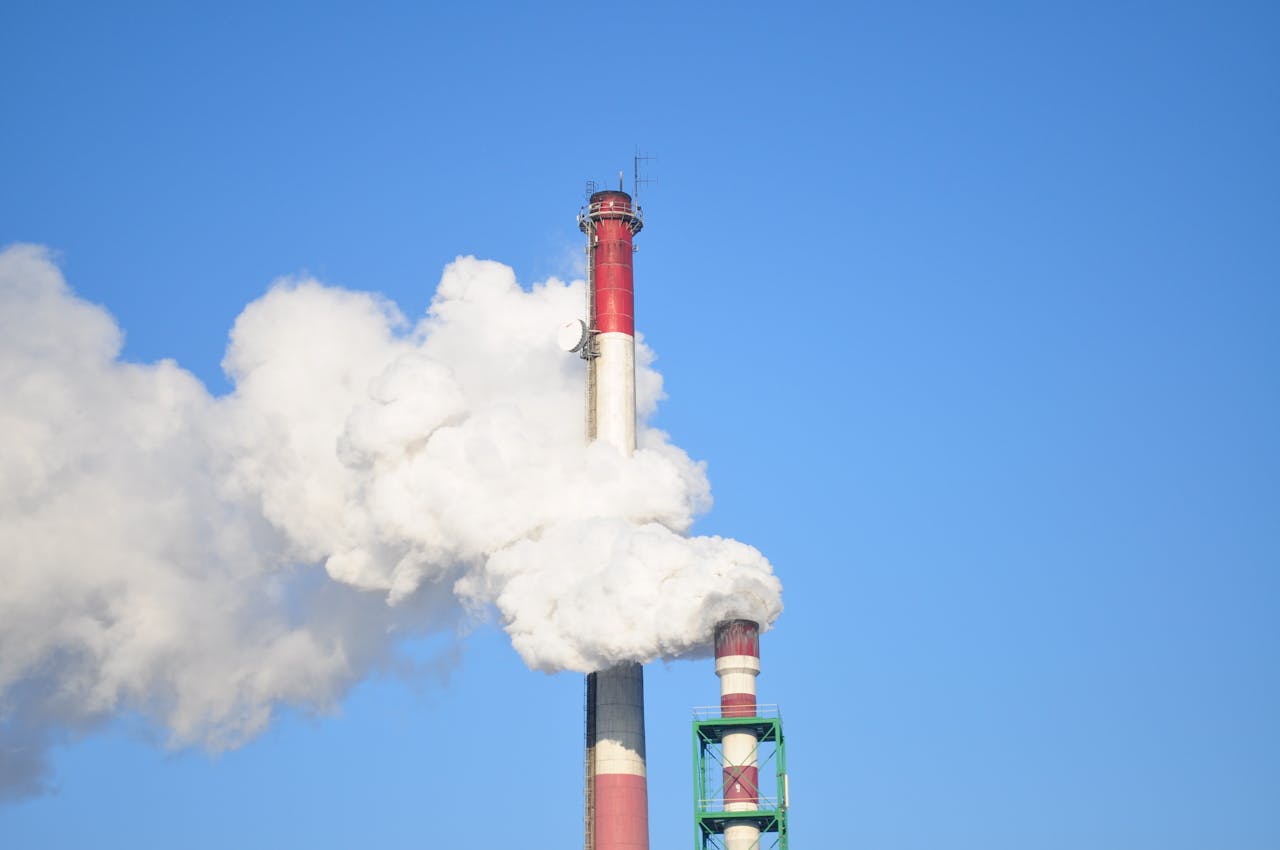In the world of industrial infrastructure, flue gas duct systems are unsung heroes. They’re the veins of massive energy and process facilities, moving corrosive, high-temperature gases under intense pressure every hour of every day. But these systems are only as strong as their weakest point—and in many cases, that’s where thermal movement, misalignment, or vibration goes unchecked. Enter Zepco LLC’s flue gas duct expansion joints—your first line of defense in preserving system integrity, minimizing downtime, and extending the life of your ducting network.
Why Flue Gas Duct Expansion Joints Matter
If your plant handles power generation, chemical refining, cement production, or any heavy-duty industrial process, you already know the constant punishment your piping and ducting systems endure. Heat cycles, mechanical stress, acidic gas flows, and ash buildup cause joints to degrade—leading to leaks, misalignment, or worse, total failure.
Flue gas duct expansion joints are accessories and mission-critical components designed to absorb thermal expansion, isolate vibration, and accommodate structural movement. Without them, your system’s efficiency—and safety—are on the line.
What Are Flue Gas Duct Expansion Joints?
Simply put, these are engineered fabric expansion joints that connect sections of industrial ductwork, especially where rigid connections would fail under high heat or movement.
They’re typically installed in low-pressure, high-temperature gas flows, and they solve multiple problems at once:
- Absorb thermal expansion without stressing the structure
- Minimize vibration transmission from equipment
- Compensate for duct misalignments due to shifting foundations or heat cycles
- Allow easier system disassembly for maintenance
Zepco’s High-Performance Edge
Not all expansion joints are created equal—and that’s where Zepco LLC leads the market. With over 30 years of experience, Zepco engineers flue gas duct expansion joints for the realities of extreme industrial environments.
What sets Zepco apart?
- Heat-Resistant Construction – Our joints thrive in gas streams exceeding 1000°F.
- Corrosion & Chemical Resistance – Built for sulfur, ash, and acidic flue gases that eat other materials alive.
- Lightweight, Flexible Design – Easier to install and maintain, with less stress on flue duct structures.
- Multi-Layer Engineering – Each joint is tailored with thermal insulation, gas barriers, and reinforcement layers.
- Custom Geometry – Designed and fabricated to the exact specs of your ducting system. No compromises.
Zepco’s high temperature expansion joints are designed to outperform and outlast—because failure is not an option in your environment.
Built for Your Industry
Zepco’s flue gas duct expansion joints are engineered for a wide range of industries:
- Power Generation – Coal, natural gas, and biomass plants rely on reliable ducting.
- Cement & Lime Kilns – Withstand the dust, heat, and corrosive gases of rotary kiln operations.
- Refineries & Petrochemicals – Handle complex chemical byproducts with confidence.
- Steel & Foundries – Survive heavy thermal cycles and vibration from smelting operations.
- Waste-to-Energy – Mitigate high-pressure exhausts and aggressive combustion byproducts.
- Pulp & Paper – Navigate steam, moisture, and chemical gases in drying and processing zones.
Engineering Backed by Real Experience
Every joint from Zepco is the product of decades of engineering expertise and client collaboration. From initial consultation and field measurement to in-house design and fabrication, Zepco delivers:
- Materials like PTFE, silicone, fiberglass, and advanced composites
- Reverse-engineering for legacy systems
- On-site support and installation consulting
- Fast turnaround on custom projects
Avoid Downtime Before It Starts
Cracks. Leaks. Misalignments. These are inconveniences and indicators of aging or poorly specified joints. Left unchecked, they can trigger:
- Environmental compliance violations
- Equipment failure and unplanned outages
- Escalating repair and downtime costs
Zepco helps you prevent this with proactive maintenance planning, retrofit options, and early replacements that keep your system ahead of problems.
Real Results from the Field
Across North America, clients trust Zepco’s flue gas duct expansion joints to solve high-stakes challenges. In one case, a major biomass power facility facing repeated joint failures switched to Zepco’s custom-fabricated solution—and saw a 3x increase in service life with zero unscheduled shutdowns over two years. That’s not luck. That’s engineering.
Ready to Reinforce Your System?
Don’t wait for a failure to upgrade your joints. Zepco is ready to:
- Provide a custom quote
- Review drawings or create them from scratch
- Perform field measurements and system assessments
- Engineer solutions that fit, flex, and last
Protect your duct systems the smart way. Choose Zepco’s flue gas duct expansion joints for peace of mind in high-pressure, high-temperature, high-stakes environments.
Contact Zepco for specs, inspection, or a custom consultation.
Let your system breathe without breaking. Let Zepco handle the pressure.



